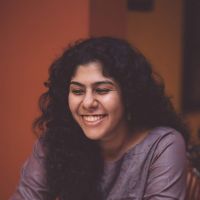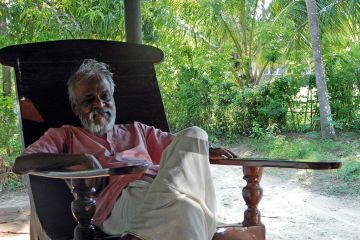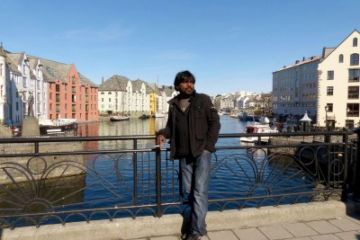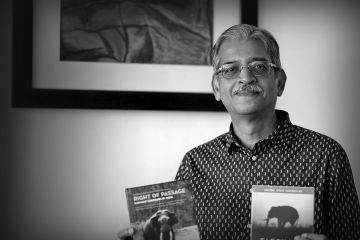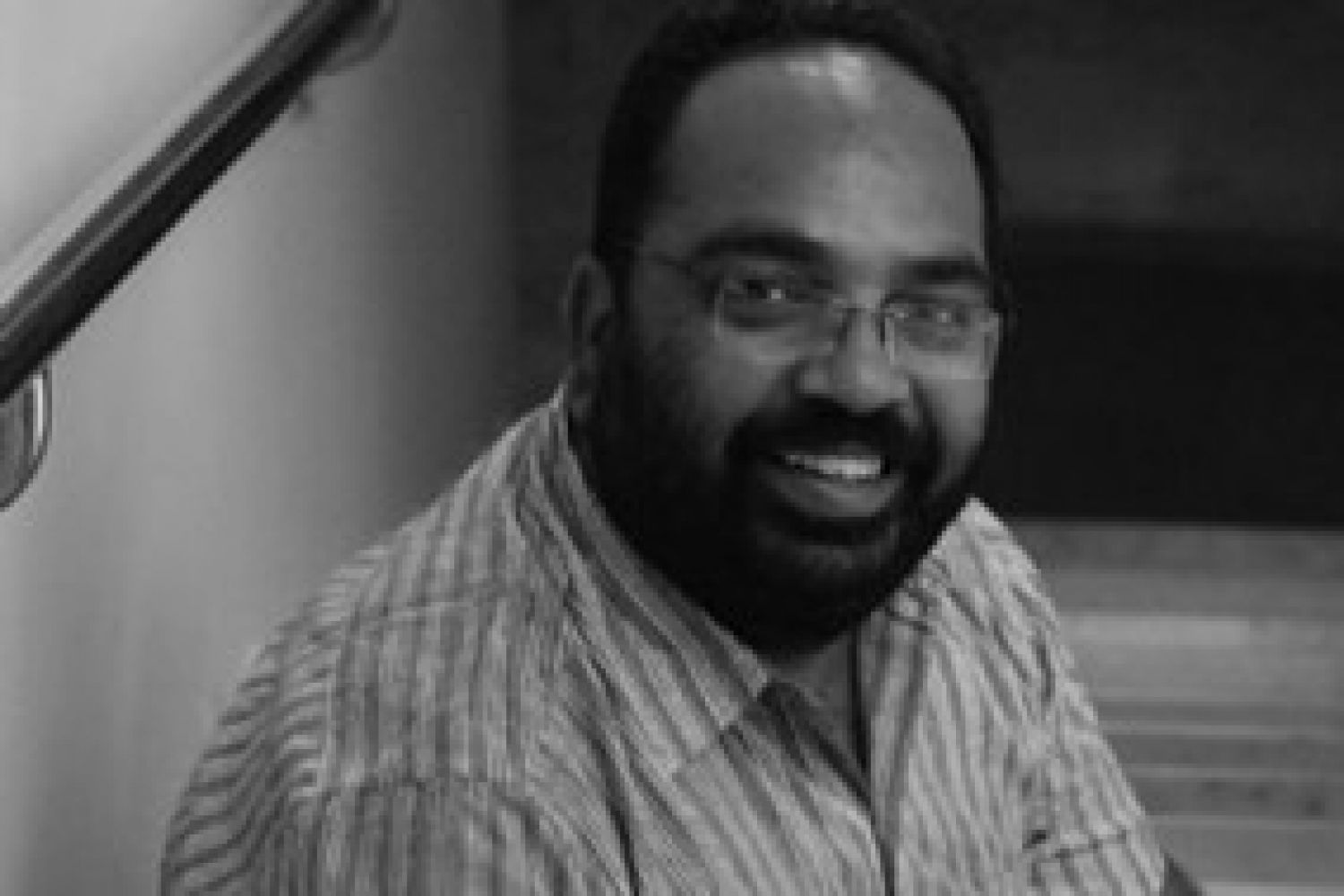
Though I had read
Amandeep Sandhu’s first book before I met him, he would become a friend before
his second was out. Perhaps one of the reasons for that—aside from literary
discussions that took place between ribald jokes and politically incorrect
conversations—is the way in which he bares himself through his work.
His debut novel, Sepia
Leaves, interweaves the political climate of India in the Seventies into
the life of a child who unknowingly becomes a caregiver for his moth

